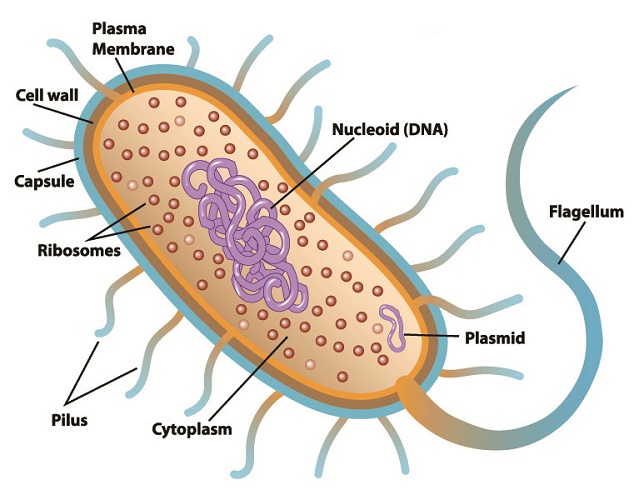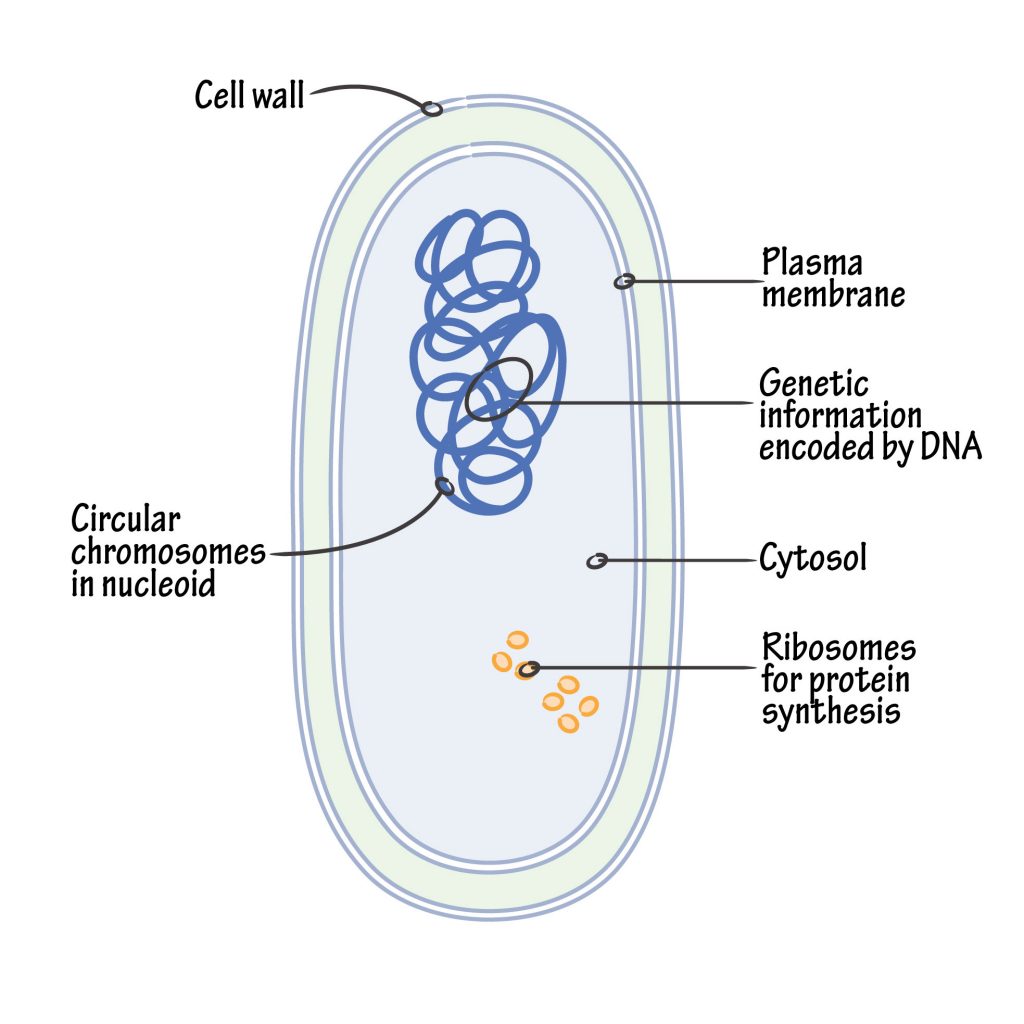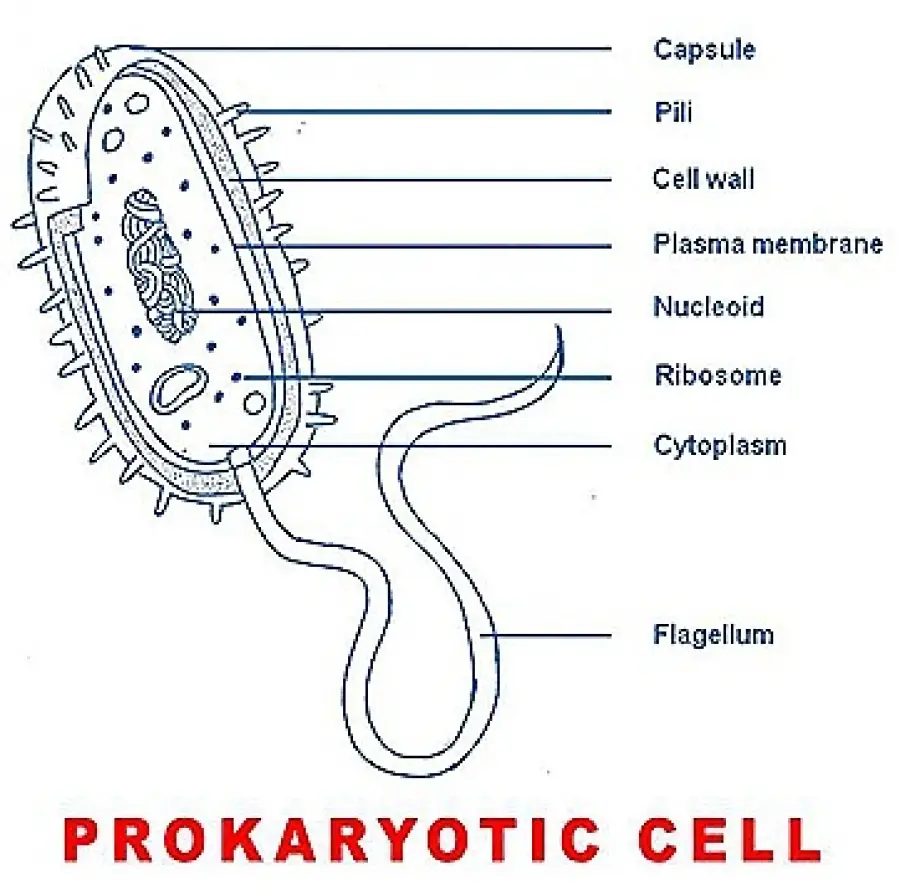
Prokaryotic Cell Definition, Examples, Diagrams
Draw a neat and labelled diagram of a bacterial cell.PW📲PW App Link - https://bit.ly/YTAI_PWAP 🌐PW Website - https://www.pw.live

Draw a neatlabelled diagram of a typical bacterial cell to show the
The chemical components of glycocalx are synthesized by the cell and transported through the ceil membrane and cell wall, and finally deposited outside the cell, to form extracellular covering.

Draw A Neat And Labelled Diagram Of A Dry Cell Class 11 Chemistry Cbse Porn Sex Picture
Different shapes of bacteria. Different shapes of bacteria are used to categorise bacteria. Different shapes of a bacterial cell are: 1. Spherical- Cocci: Cocci can be single or multiple in a group of 2, 4, 8, etc. Cocci bacteria can be round, oval or elongated or bean-shaped.

Top 102 + Diagram of animal cell with label
Bacteria Diagram with Labels. Bacterial cells have simpler internal structures like Pilus (plural Pili), Cytoplasm, Ribosomes, Capsule, Cell Wall, Plasma membrane, Plasmid, Nucleoid, Flagellum, etc. Labeled Bacteria diagram. Eukaryotes have been shown to be more recently evolved than prokaryotic microorganisms.
[Solved] Draw and label a typical bacterial cell, then provide functions for... Course Hero
The single chromosome or the DNA molecule is circular and at one point it is attached to the plasma membrane and it is believed that this attachment may help in the separation of two chromosomes after DNA replication. Plasmid Plasmids are extra chromosomal double stranded, circular, self-replicating, autonomous elements.

Plasmid Pengertian Ciri Jenis Fungsi Dan Peran Hisham Id My XXX Hot Girl
This will also help you to draw the structure and diagram of bacteria. 1. A bacterial cell remains surrounded by an outer layer or cell envelope, which consists of two components - a rigid cell wall and beneath it a cytoplasmic membrane or plasma membrane. ADVERTISEMENTS: 2.

Bacteria Grade 11 Biology Study Guide
The components are: 1. Cell Envelope 2. Cytoplasm 3. Nucleoid 4. Plasmids 5. Inclusion Bodies 6. Flagella 7. Pili and Fimbriae. Bacterial Cell: Component # 1. Cell Envelope: It is the outer covering of protoplasm of bacterial cell. Cell envelope consists of 3 components— glycocalyx, cell wall and cell membrane. (i) Glycocalyx (Mucilage Sheath):

Bacterial cell structure Year 12 Human Biology
Teachers can also get a printable worksheet on how to label a bacterium on this page. This exercise is for students in 1st, 2nd, 3rd, 4th, 5th, 6th and 7th grades. Diagram of a bacteria cell structure . A bacteria cell is a simple, single-celled organism that lacks a membrane-bound nucleus and other membrane-bound organelles.

Bacteria Ms A Science Online
Most prokaryotes have a cell wall outside the plasma membrane. Figure 27.2.2 27.2. 2: The features of a typical prokaryotic cell are shown. Recall that prokaryotes are divided into two different domains, Bacteria and Archaea, which together with Eukarya, comprise the three domains of life (Figure 27.2.3 27.2. 3 ).

Bacterial cell anatomy in flat style. Vector modern illustration. Labeling structures on a
In this video, we show you how to draw and label a basic bacterial cell. Check out http://eacharya.tumblr.com for more!

How to draw bacteria...easy outline diagram YouTube
With the help of well labelled diagram describe the structure of a bacterial cell. Solution Verified by Toppr Bacteria are unicellular prokaryotic microorganisms. They do not have nuclear membrane. The nucleus consists of double-stranded circular DNA. They possess long filamentous flagella protruding through cell wall which is used for locomotion.

زیست شناسی ساختمان سلول های پروکاریوت
The cell theory states that all living things are composed of cells, which are the basic units of life, and that all cells arise from existing cells. In this course, we closely study both types of cells: prokaryotic and eukaryotic. Prokaryotes lack a nucleus and true organelles, and are typically significantly smaller than eukaryotic cells.
:max_bytes(150000):strip_icc()/bacteria_cell_drawing-5786db0a5f9b5831b54f017c.jpg)
Draw a neat diagram of a) animal cell b)plant cell C)algea cell d)bacteria e)paramissium
Bacteria Diagram The bacteria diagram given below represents the structure of a typical bacterial cell with its different parts. The cell wall, plasmid, cytoplasm and flagella are clearly marked in the diagram. Bacteria Diagram representing the Structure of Bacteria Ultrastructure of a Bacteria Cell

Bacterial Structure Plantlet
The bacteria shapes, structure, and labeled diagrams are discussed below. Table of Contents [ show] Sizes The sizes of bacteria cells that can infect human beings range from 0.1 to 10 micrometers. Some larger types of bacteria such as the rickettsias, mycoplasmas, and chlamydias have similar sizes as the largest types of viruses, the poxviruses.

Details more than 72 prokaryotic cell drawing latest nhadathoangha.vn
DNA in a nucleus. Plasmids are found in a few simple eukaryotic organisms. Prokaryotic cell (bacterial cell) DNA is a single molecule, found free in the cytoplasm. Additional DNA is found on one.

Structure And Function Of A Typical Bacterial Cell With Diagram CLOUD HOT GIRL
What is a Prokaryotic Cell? Prokaryotic cells are single-celled microorganisms known to be the earliest on earth. Prokaryotes include Bacteria and Archaea. The photosynthetic prokaryotes include cyanobacteria that perform photosynthesis. A prokaryotic cell consists of a single membrane and therefore, all the reactions occur within the cytoplasm.